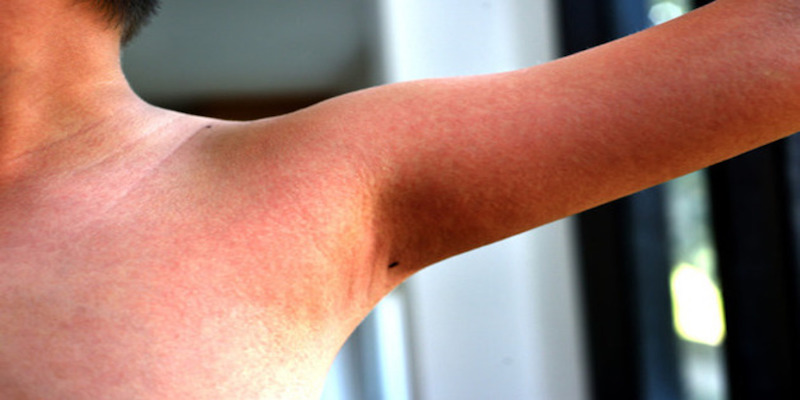- Study Says Most Parents Don’t Use Car Seats In Ride Share Vehicles Like Uber
- This 12-Year-Old Boy Is A Sophomore Aerospace Engineering Major!
- Fire Safety Experts Warn Of Hand Sanitizer Danger After A Mom and Kids Escape House Fire
- Recall Alert: Peaches May Be The Cause Of Salmonella Outbreak, 68 People Ill
- Summer Vacation In The Days Of COVID: Tips To Stay Safe
- How To Safely Grocery Shop During The Coronavirus Pandemic
- Michigan Teen With Vape-Related Illness Undergoes Double Lung Transplant
- Teen Kicks Off Anti-Vaping Campaign From Hospital Bed
- Teenager Receives Life Sentence For Strangling Sister To Death Over A Wi-Fi Password
- Toddler Falls To Death From 11th Deck of Cruise Ship
Warning: There’s A New Outbreak Of A Dangerous Disease Attacking Children


It’s nearly impossible to prevent our children from ever getting sick.
Now there’s an outbreak of a disease which parents need to know the warning signs.
Scarlet fever or scarlatina is a bacterial illness which develops from strep throat. The disease causes bright red rashes that cover the body, a sore throat as well as high fever.
Coughing or sneezing easily spreads the bacteria. Touching the mouth, nose or eyes of someone who is infected will likely cause you to get sick.
Scarlet fever used to be a serious disease that attacked children between 2 and 10 years of age and most infections resulted in death.
This Victorian-era disease hasn’t been much of concern nowadays, but health officials have seen an increase of Scarlet Fever in the past few years.
It is important that parents know the symptoms so they can get medical attention for their children, if necessary.
The disease can now easily controlled by antibiotics if detected early enough.
What are the symptoms of Scarlet Fever?
A rash is the most common symptom of scarlet fever and it usually looks like a sunburn but feels rough and itchy.
It will typically start on the chest and stomach before spreading to the rest of the body. Folds of skin (in armpits, on elbows and knees) are also susceptible. The rash will often become a deeper red color in these areas.
Symptom lasts for two to seven days.
Other symptoms to look out for:
* Fever more than 101° F
* Chills
* Headache
* A red sore throat with white or yellow patches and swollen tonsils
* Flushed face
* Nausea and vomiting
* Swollen glands on the back of the neck
* Pale skin around the lips
* A tongue that is white with red dots (known as strawberry tongue)
Scarlet fever is extremely contagious so if your child is sick, prevent them from coming in contact with people.
The risk of spreading the infection can be decreased by washing hands often.
Keep your child’s fingernails short to prevent them from scratching their rash.Keep them hydrated, and keep products away that will irritate the skin (like chlorine, cleaning products, aerosols, etc.)
Visit a doctor who would usually prescribe an antibiotic treatment.
There are irreversible complications if the disease progresses without antibiotics, the bacteria can spread to the liver, kidneys, tonsils and other systems in the body, so do complete the treatment a Doctor prescribes.
In rare cases, scarlet fever may lead to rheumatic fever, a serious condition that affects the heart, joints, nervous system and skin.








0 comments